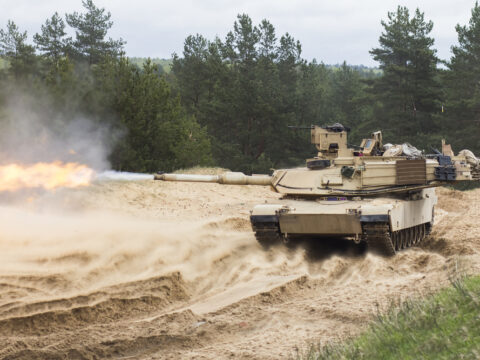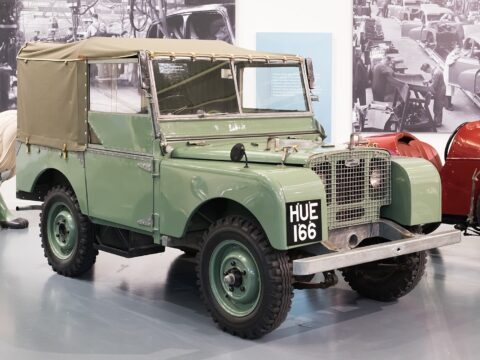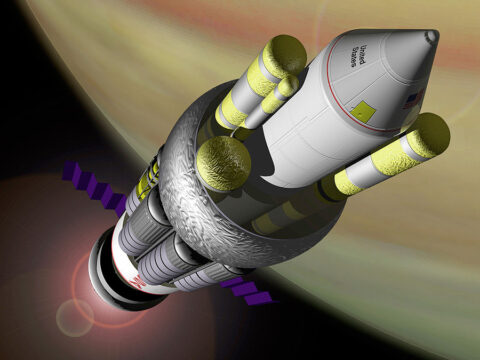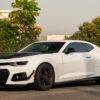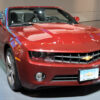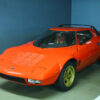Off-road vehicles have long been the backbone of rugged exploration, taking drivers through tough terrains long before SUVs became a household staple. These classic off-roaders didn’t just conquer the wilderness—they laid the groundwork for the modern SUVs we rely on today. From their tough builds to their groundbreaking features, these vehicles set the standard for capability and durability, shaping the SUVs we now see on the road.
Contents
Jeep Willys MB (1941-1945)
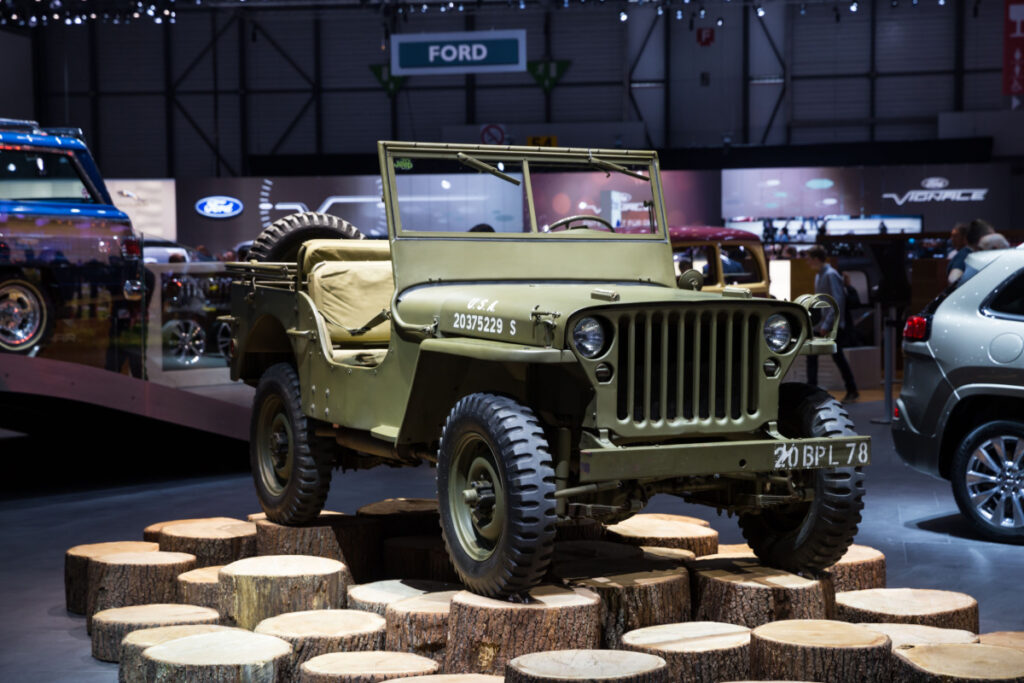
As the military workhorse of World War II, the Willys MB set the standard for off-road capability. Its lightweight frame, powerful 4-cylinder engine, and 4-wheel drive made it perfect for navigating rough terrain. The Jeep Willys MB’s rugged durability helped it thrive in harsh combat environments, which paved the way for the civilian Jeep CJ and set the foundation for off-road vehicles as we know them today.
Land Rover Series I (1948-1958)
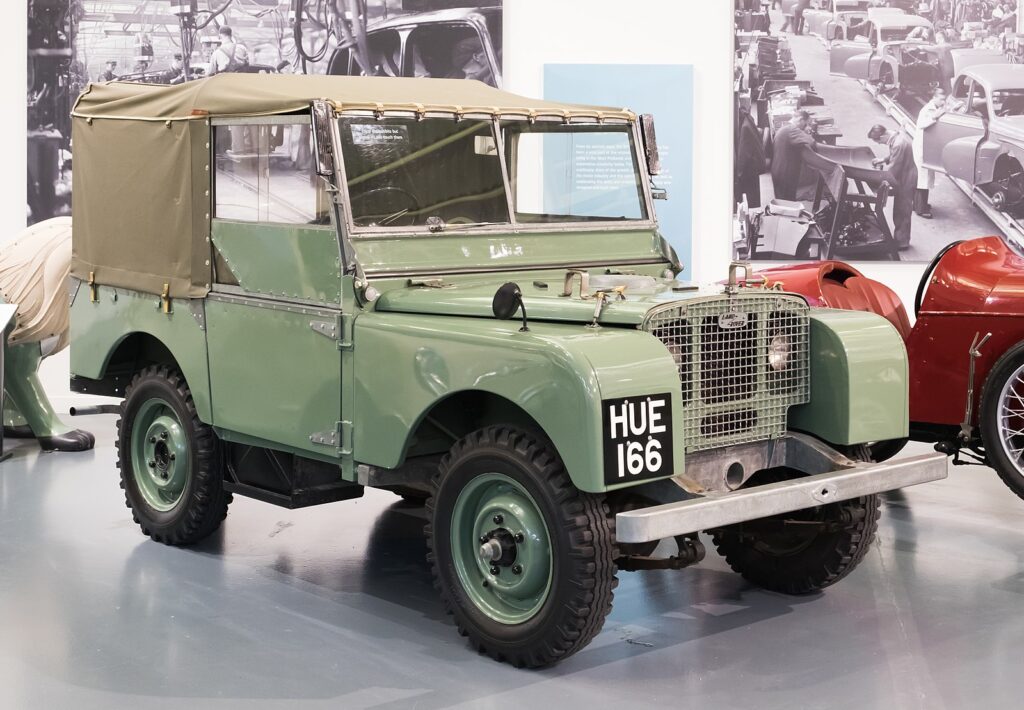
The Land Rover Series I was designed with versatility and durability in mind, perfect for tackling the post-war agricultural landscape. Its aluminum body prevented rust, and its off-road prowess was complemented by a reliable 4-wheel drive system. This rugged vehicle helped establish Land Rover as a premier off-road brand, and its DNA is present in today’s Defenders and Range Rovers.
Toyota Land Cruiser FJ40 (1960-1984)
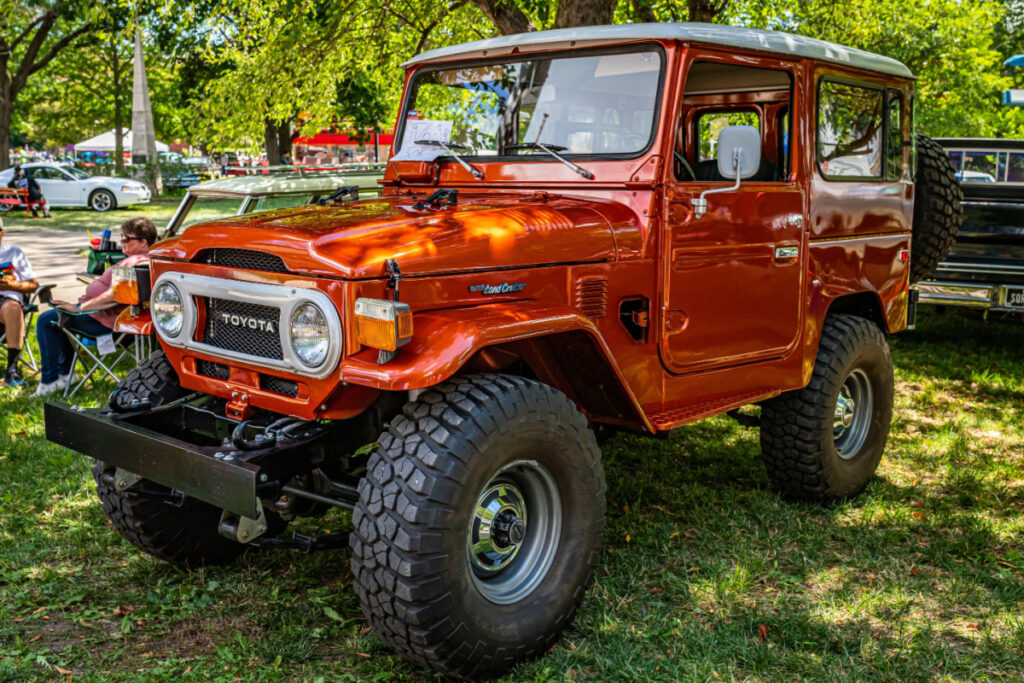
The FJ40 Land Cruiser became a global symbol of reliability and off-road capability. With its durable, ladder-frame chassis and robust inline-6 engine, the FJ40 could handle harsh conditions, from deserts to jungles. Its popularity in remote areas worldwide cemented its legacy as one of the most trusted off-road vehicles ever made.
Ford Bronco (1966-1977)
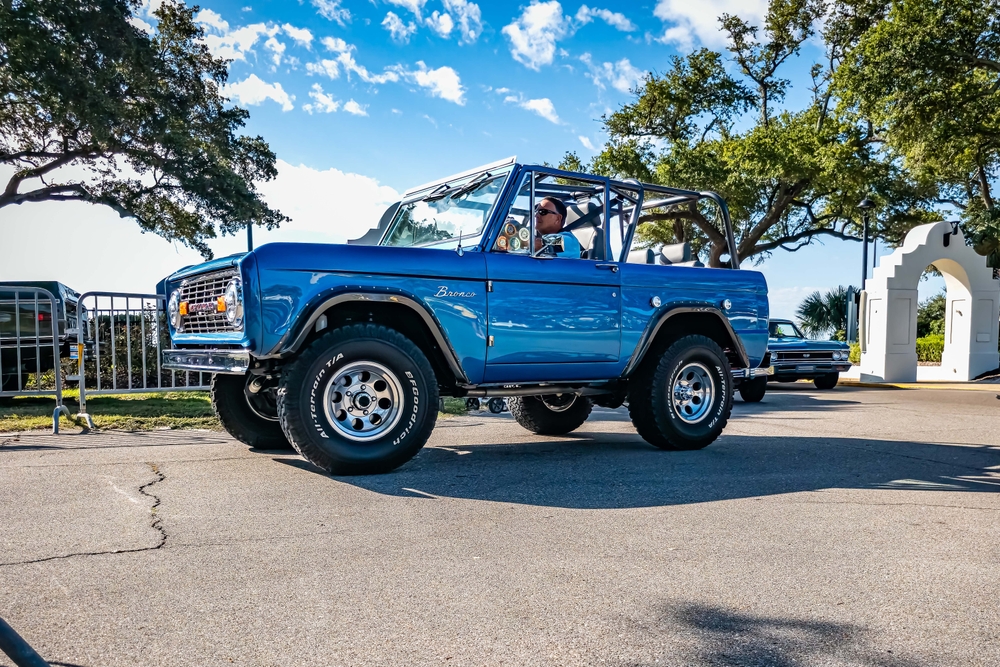
The Ford Bronco was one of the first compact SUVs built specifically for off-road use. Its short wheelbase, solid axles, and optional V8 engine made it a favorite among off-road enthusiasts. The Bronco’s combination of daily usability and trail capability created a loyal following that continues with the modern iteration of the Bronco.
International Harvester Scout (1961-1980)
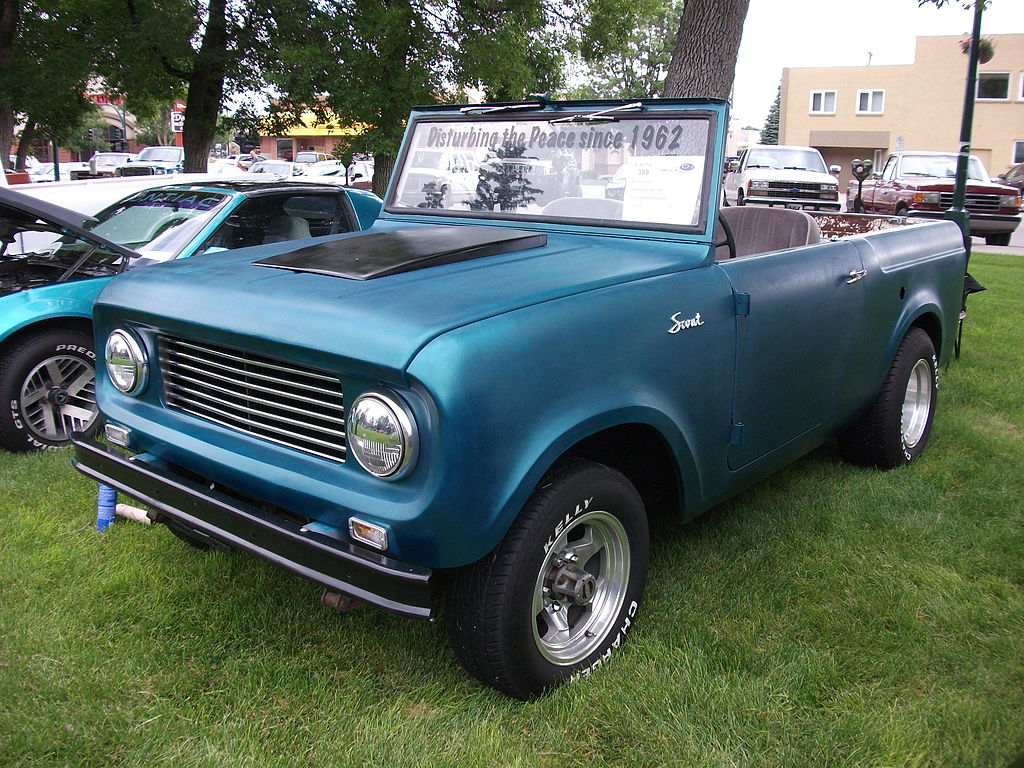
The Scout was one of the first vehicles to blend utility and comfort, making it ideal for both work and off-road adventures. Available with a range of engines and 4-wheel drive, the Scout could handle tough terrains while offering a level of refinement that appealed to weekend explorers, laying the groundwork for modern SUVs.
Mercedes-Benz G-Class (1979-present)
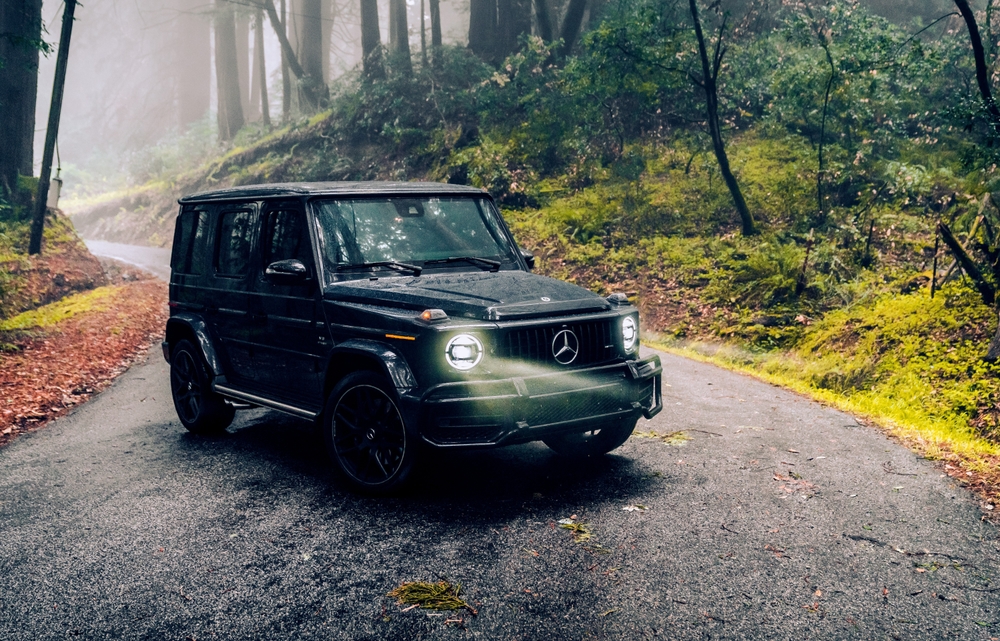
Originally developed for military use, the G-Class (G-Wagon) quickly gained a reputation for its combination of luxury and off-road capability. Its boxy design, solid front and rear axles, and advanced 4WD system make it one of the most capable off-road vehicles ever built, while its luxury appointments helped set the trend for high-end, off-road-capable SUVs.
Chevrolet K5 Blazer (1969-1991)
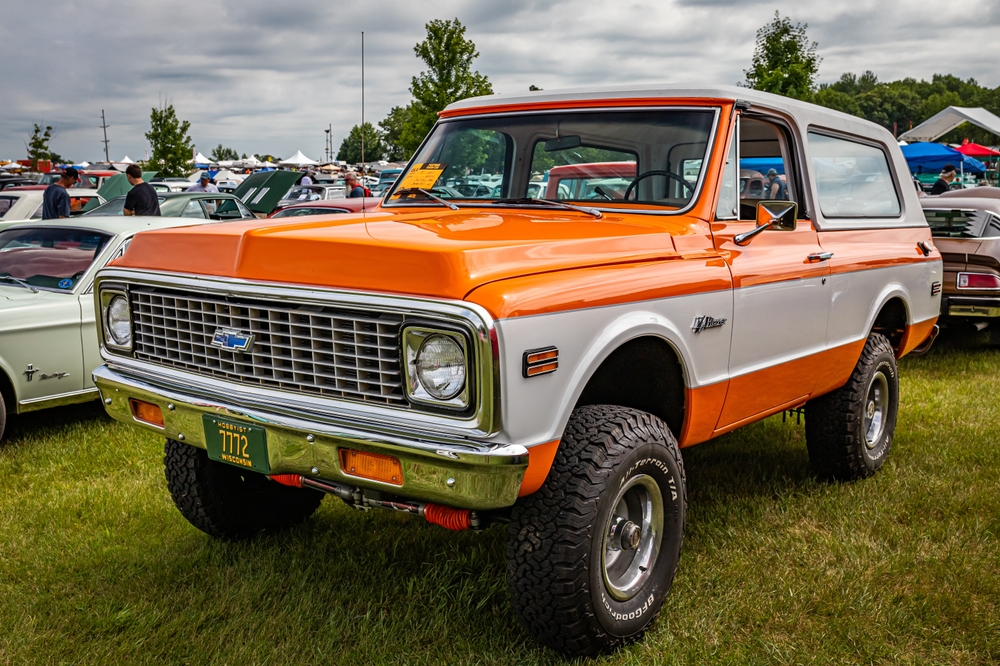
The K5 Blazer was Chevy’s answer to the growing demand for full-size SUVs. With a rugged body-on-frame design, 4WD, and a powerful V8 engine, the K5 could handle off-road trails with ease while offering enough space and comfort for family use. Its versatility made it a favorite for both daily drivers and weekend adventurers.
Land Rover Defender (1983-2016)
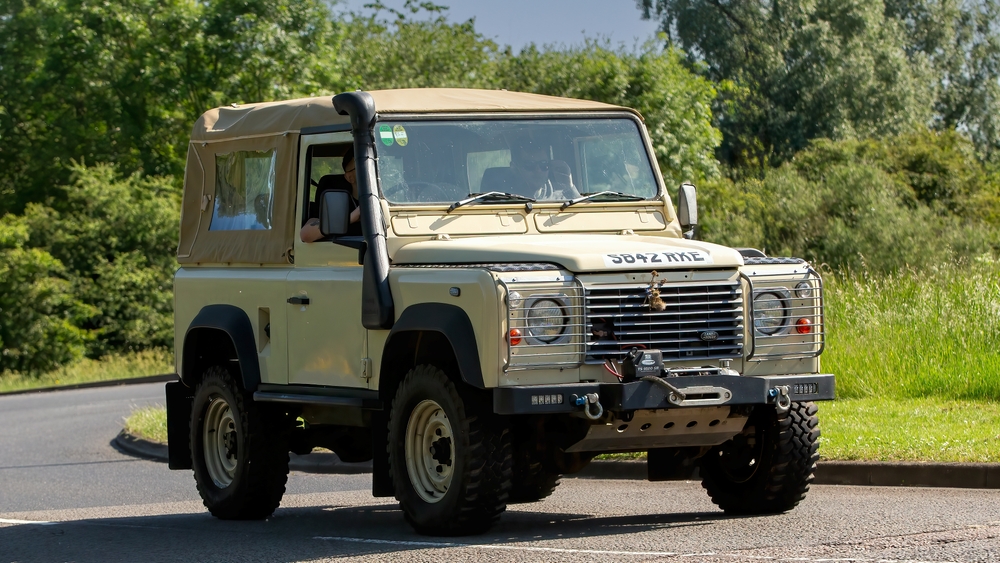
The Defender continued Land Rover’s tradition of building ultra-capable off-road vehicles, improving on the Series I with coil-sprung suspension and more powerful engine options. Its robust construction and unstoppable off-road capability made it a global icon for adventure seekers and shaped the development of modern, premium off-road SUVs.
Suzuki Samurai (1981-1998)
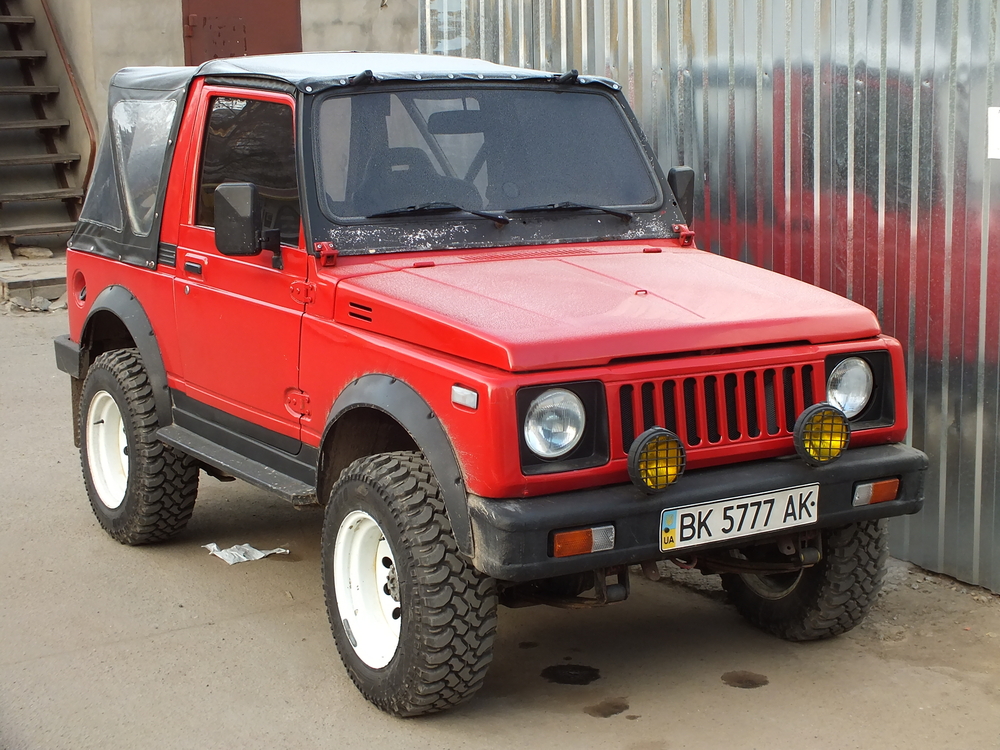
The Suzuki Samurai became a cult classic due to its small size, lightweight design, and nimble off-road performance. With its short wheelbase, simple 4WD system, and affordable price, the Samurai could tackle tight trails and tough terrain, offering a fun, budget-friendly alternative to larger off-road vehicles.
Daihatsu Rocky (1984-2002)
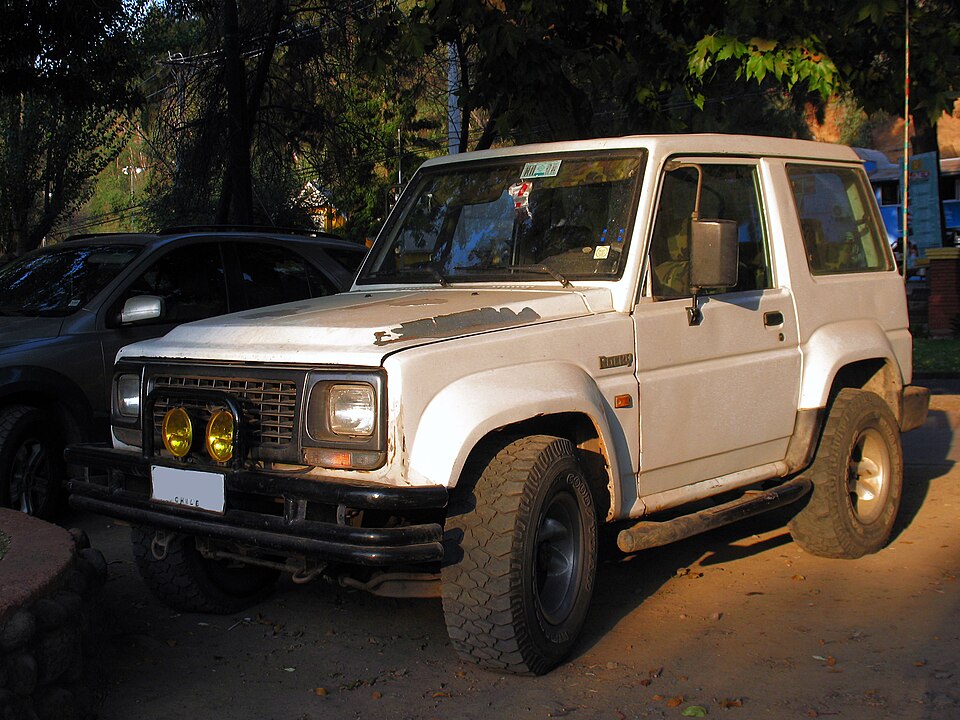
The Daihatsu Rocky was a compact and highly capable off-roader that could navigate narrow trails and harsh landscapes with ease. Its small size, combined with a robust 4WD system and a lightweight body, made it a go-to choice for adventurers who needed an agile, reliable off-road vehicle.
Nissan Patrol (1951-present)

The Nissan Patrol has earned a reputation as a durable and highly capable 4×4, used extensively in some of the world’s most challenging environments. With solid axles, body-on-frame construction, and a range of powerful engines, the Patrol is known for its ability to withstand extreme conditions, making it a favorite among explorers and military forces alike.
Jeep CJ-7 (1976-1986)
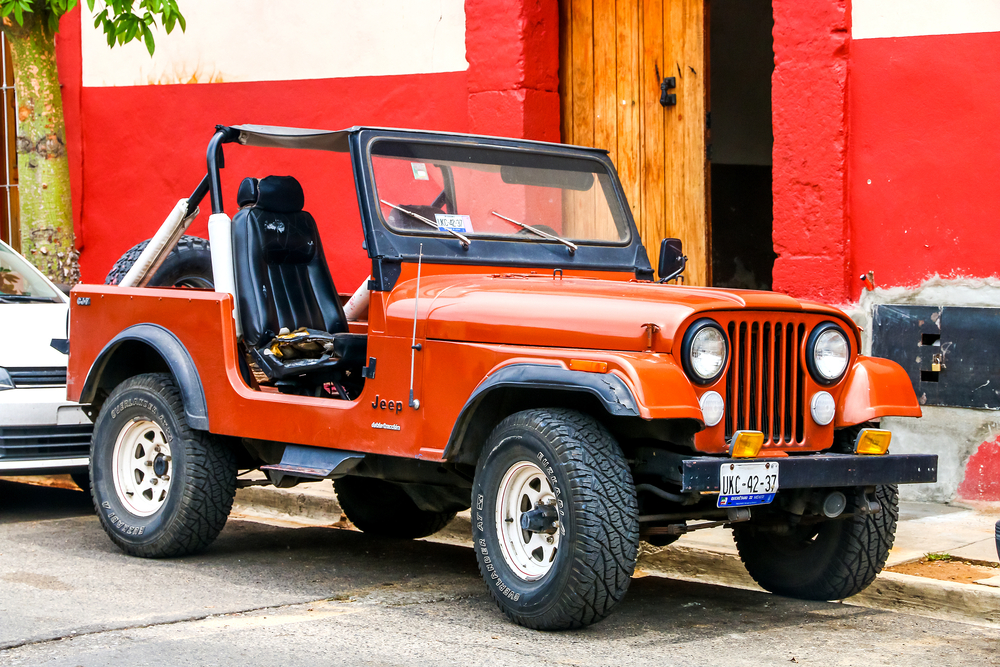
The CJ-7 was an evolution of the original Jeep CJ, offering improved handling and comfort for both on- and off-road use. Its longer wheelbase, optional automatic transmission, and removable hardtop made it more versatile than previous models, helping solidify Jeep’s reputation as a brand synonymous with off-road capability.
Mitsubishi Pajero/Montero (1982-present)
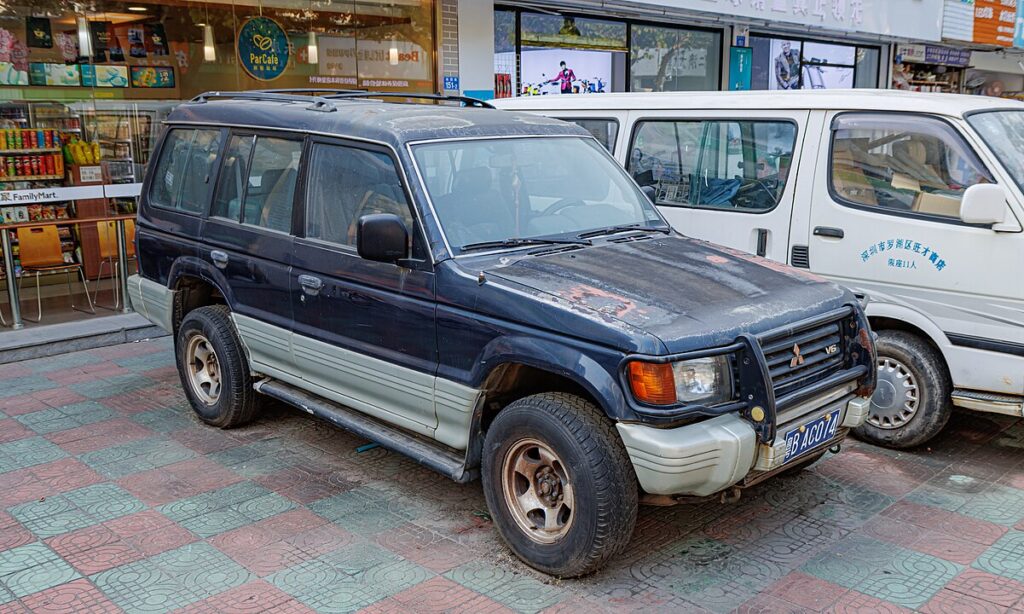
The Mitsubishi Pajero, known as the Montero in some markets, became a dominant force in off-road racing, winning the Dakar Rally numerous times. Its durable construction, 4WD system, and comfortable ride made it a popular choice for both recreational off-roaders and those needing a reliable, all-terrain vehicle.
Ford F-150 4×4 (1948-present)
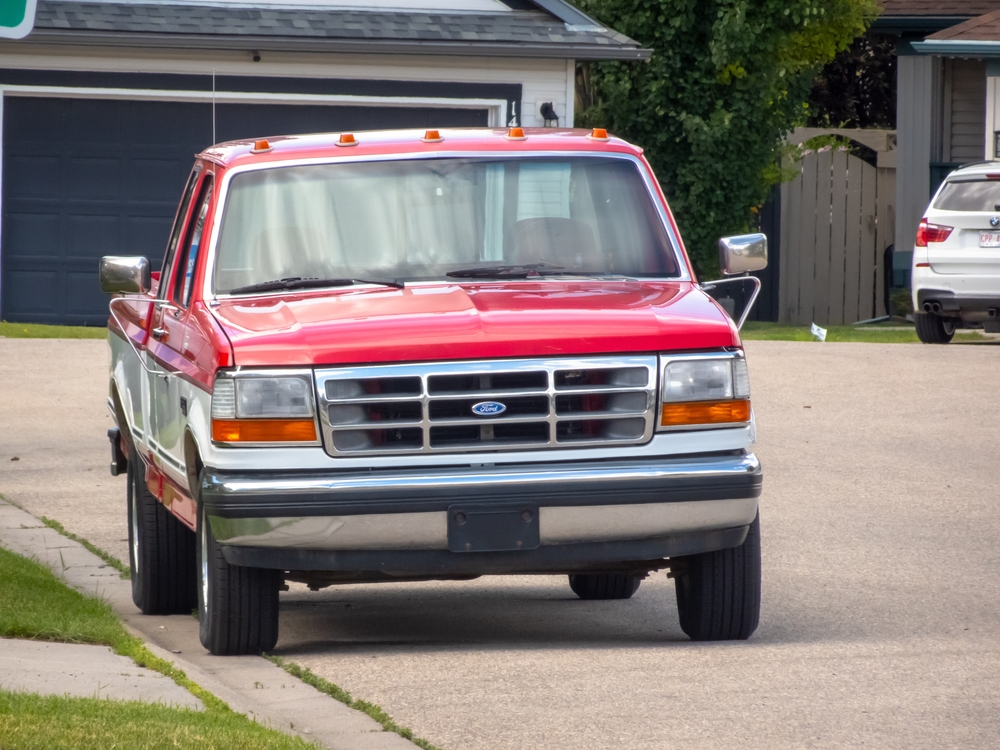
The F-150 4×4 introduced off-road capabilities to the best-selling truck in America. Known for its durability and towing power, the F-150’s rugged 4WD system allowed drivers to venture off-road while maintaining the utility and comfort of a full-size pickup, setting the stage for future off-road trucks and SUVs.
Dodge Power Wagon (1946-present)
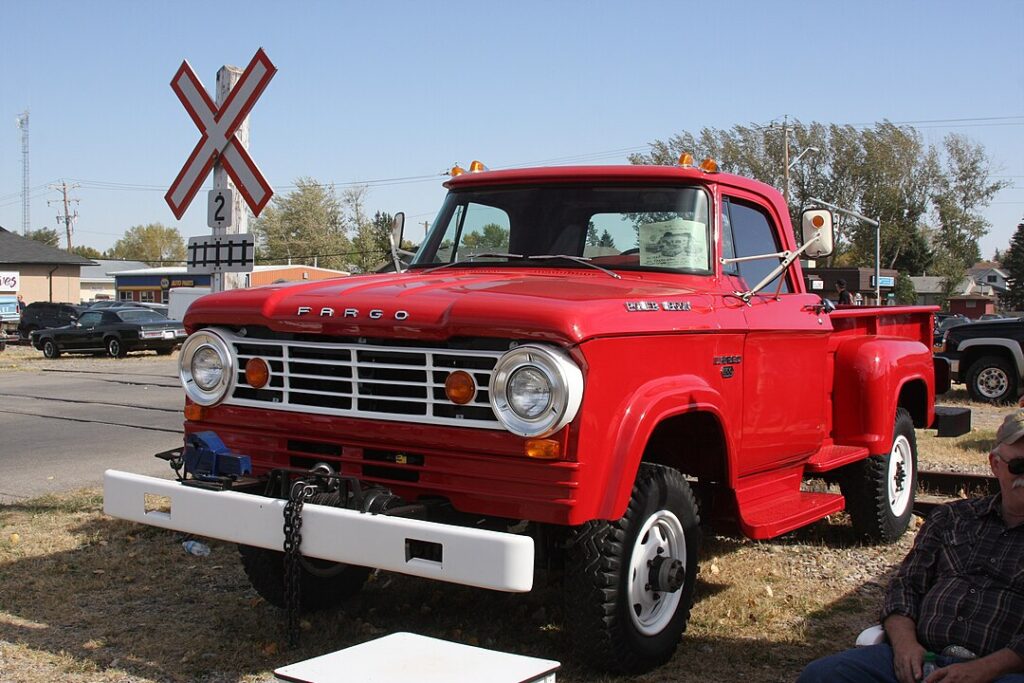
The Dodge Power Wagon is one of the original heavy-duty, off-road trucks, designed for military use but later adapted for civilian markets. Its solid axles, 4WD, and tough frame allowed it to tackle the toughest terrain, becoming an early icon of off-road performance for heavy-duty work vehicles.
Chevrolet Suburban (1935-present)
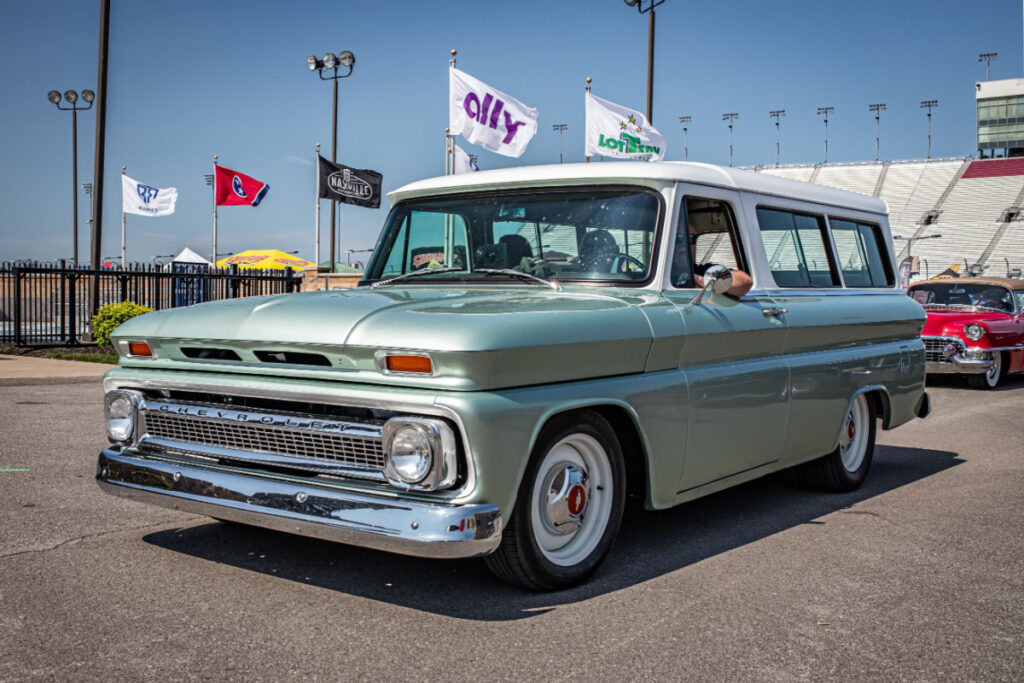
=As one of the oldest continuously produced vehicles in automotive history, the Suburban has evolved into a large, capable SUV. Early models set the standard for large off-road-capable family vehicles, offering space, durability, and 4WD, making it one of the first vehicles to successfully blend utility with family comfort.
Lada Niva (1977-present)
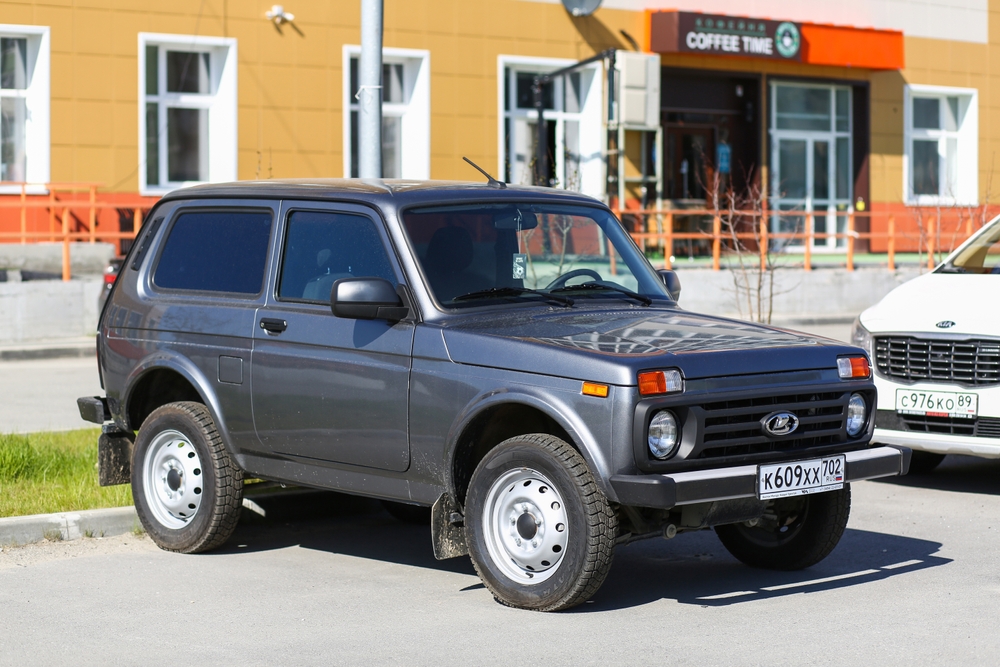
The Lada Niva became a symbol of rugged simplicity, thriving in the harshest environments of the Soviet Union and beyond. Its affordable price, small size, and tough construction made it an ideal off-road vehicle for rural and challenging landscapes, showing that capability doesn’t always come with a luxury price tag.
Jeep Wagoneer (1963-1991)
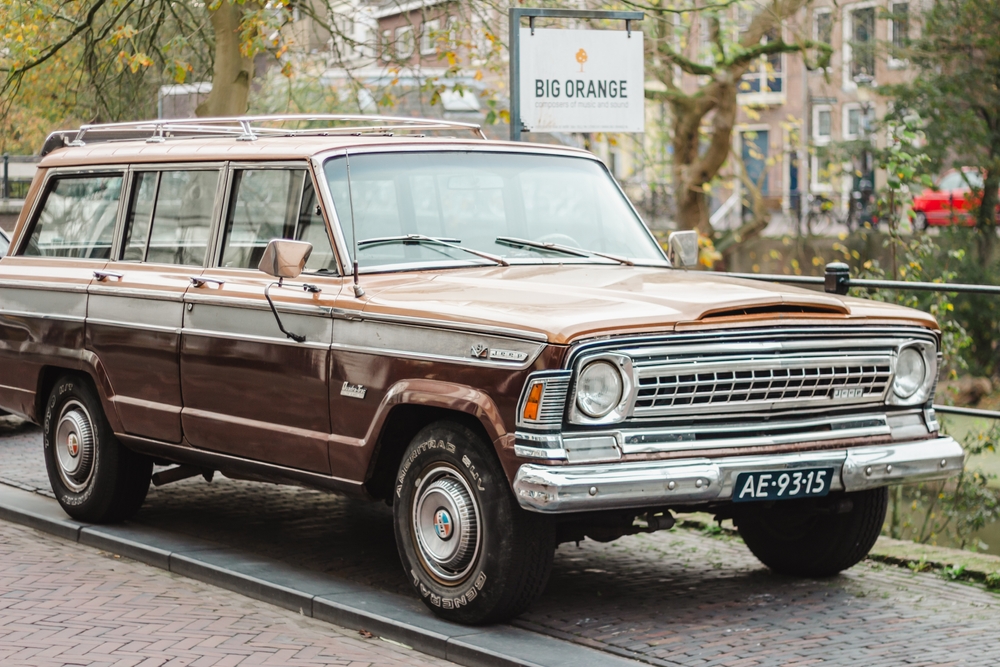
The Jeep Wagoneer pioneered the luxury 4×4 segment, combining off-road capability with the comfort and features of a family car. Its powerful engine options, spacious interior, and advanced 4WD system made it the blueprint for modern luxury SUVs, influencing brands like Range Rover and Mercedes-Benz.
Range Rover Classic (1970-1996)
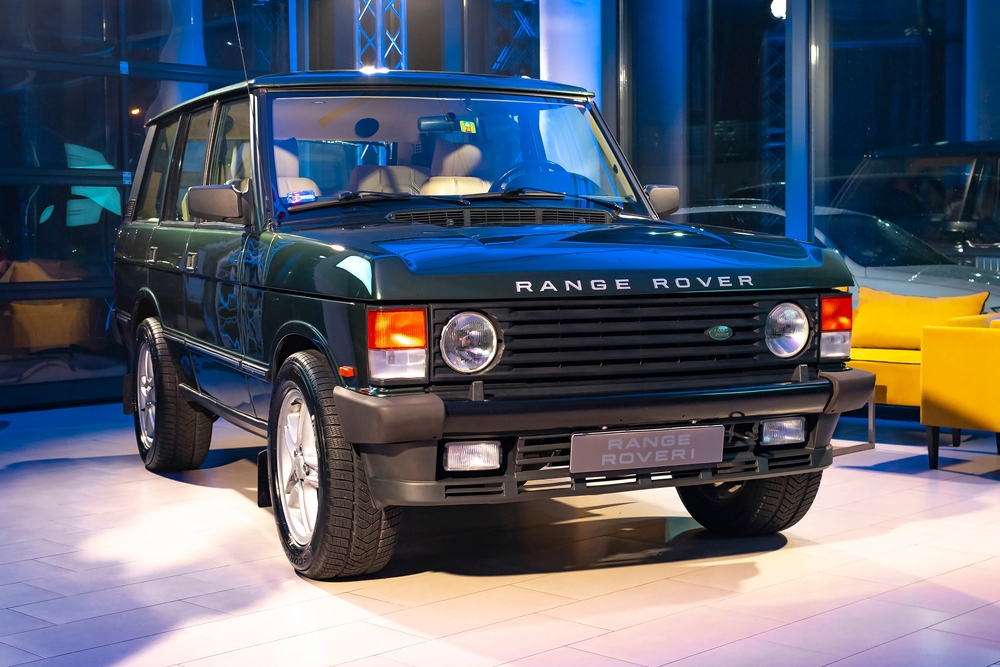
The Range Rover Classic set the standard for blending luxury with off-road capability. Its full-time 4WD, coil-spring suspension, and powerful V8 engine allowed it to traverse rough terrain with ease while offering a level of comfort and refinement previously unseen in off-road vehicles.
Isuzu Trooper (1981-2002)

The Isuzu Trooper was a highly versatile off-roader with a spacious interior and solid 4WD capabilities. Its reliability and off-road performance made it a popular choice for both families and adventurers, further cementing Isuzu’s reputation as a brand known for durability and utility.
Hummer H1 (1992-2006)
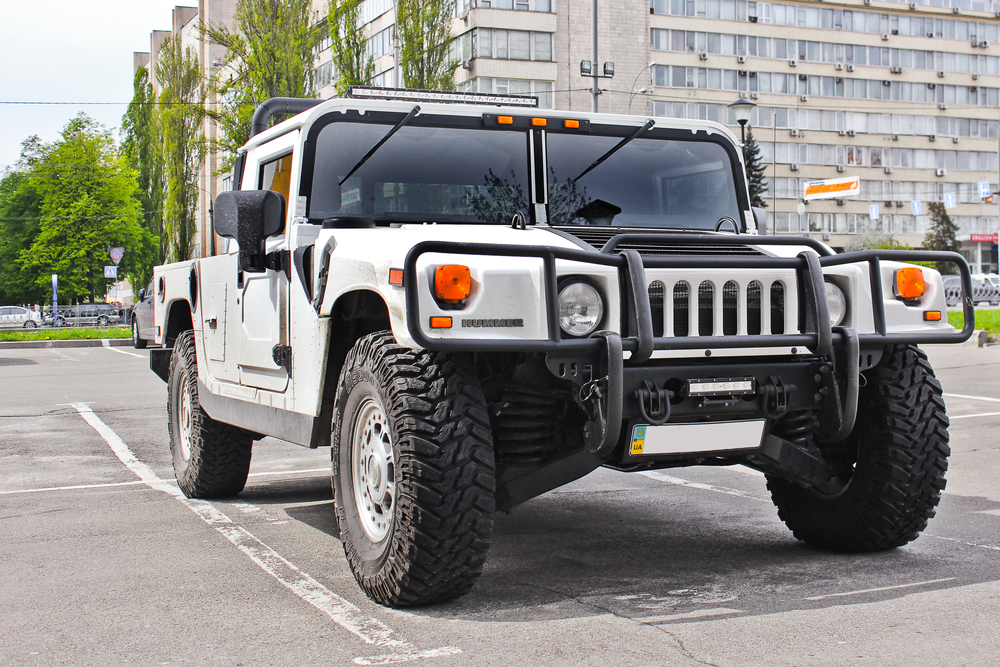
The Hummer H1 brought military-grade off-road capability to civilian markets, based on the Humvee used by the U.S. military. Its massive size, central tire inflation system, and extreme ground clearance allowed it to tackle the most demanding terrains, making it an icon of off-road power and toughness.
Toyota 4Runner (1984-present)
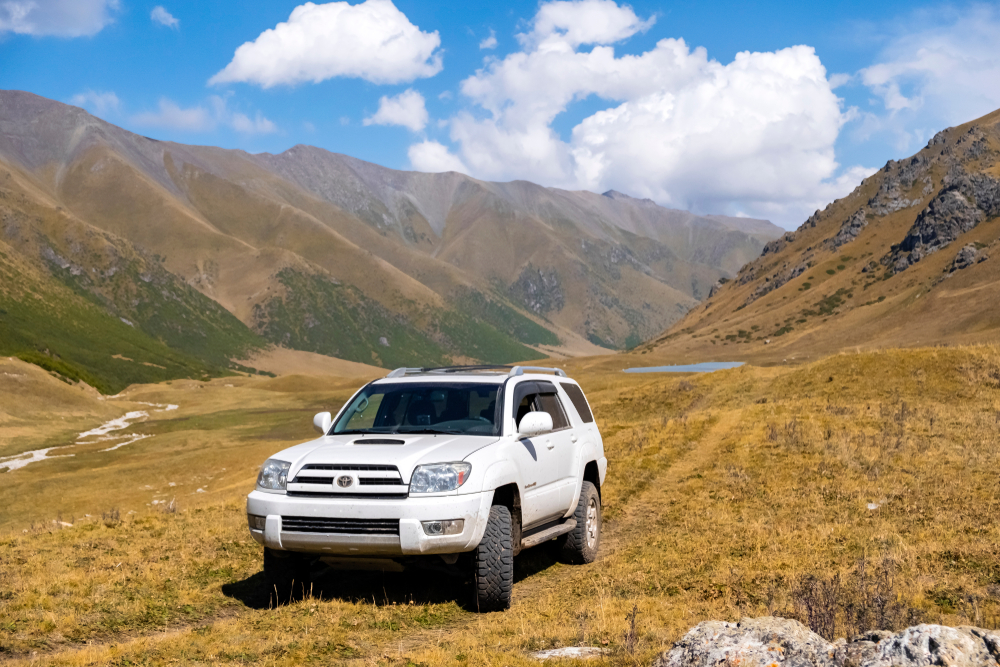
The 4Runner was built on a truck platform, making it more rugged and capable than most early SUVs. Its combination of reliable off-road performance, durability, and spacious interior has kept it relevant in the SUV market for decades, making it a favorite for those who want a vehicle that’s as comfortable on the highway as it is on the trails.
Jeep Cherokee XJ (1984-2001)
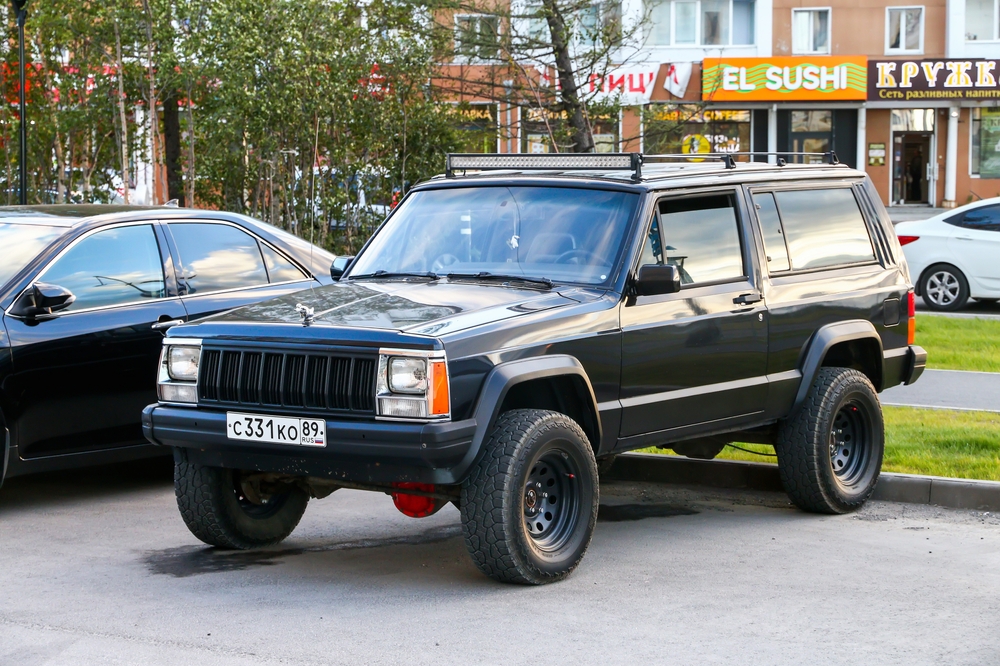
The Cherokee XJ revolutionized the SUV segment with its unibody construction, which made it lighter and more fuel-efficient while still maintaining off-road capability. Its compact size, combined with Jeep’s legendary 4WD systems, made it a versatile and practical vehicle, influencing the design of many modern SUVs.
Toyota Hilux (1968-present)
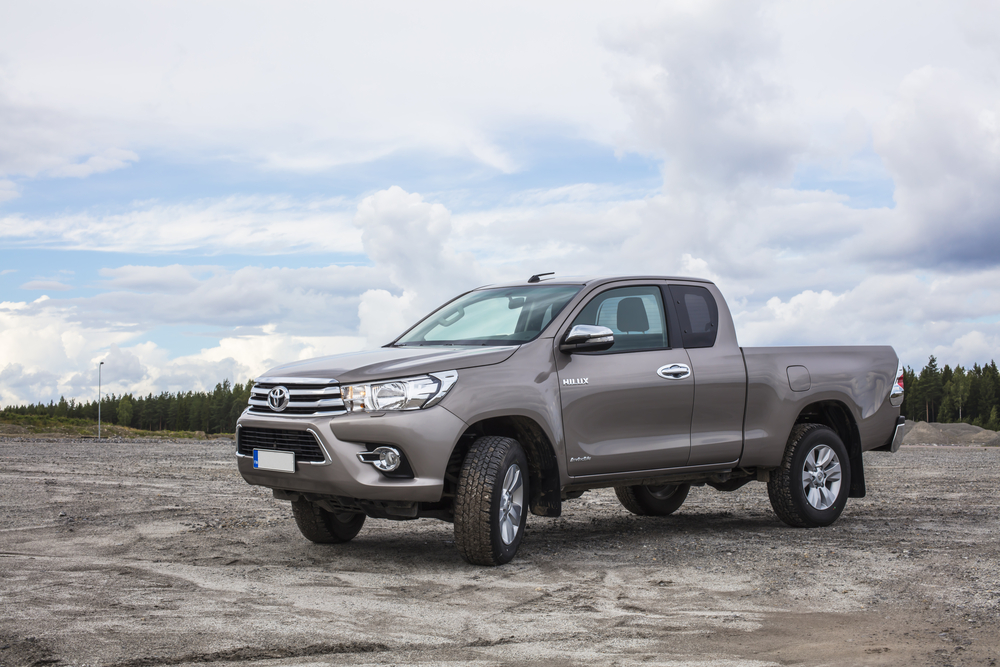
Known for its indestructibility, the Hilux is one of the toughest trucks ever made. Its body-on-frame construction, strong 4WD system, and ability to handle extreme conditions made it a global favorite for off-road use. The Hilux’s durability and reliability have set the standard for tough, off-road-capable pickups.
AMC Eagle (1980-1987)
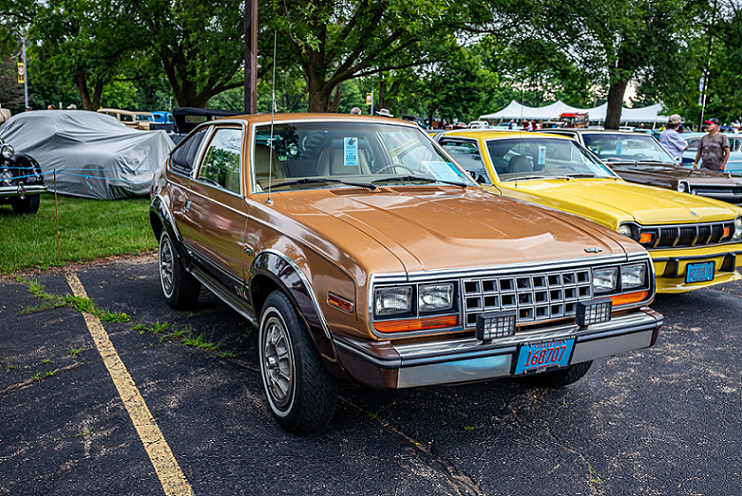
The AMC Eagle was a pioneer of the crossover SUV segment, offering all-wheel drive on a car-based platform. Its blend of off-road capability and on-road comfort made it an early example of what would become one of the most popular vehicle types in the modern SUV market.
This article originally appeared in MyCarMakesNoise.
More from MyCarMakesNoise
15 Budget-Friendly Camper Van Mods You Can Afford

Transforming your camper van into a cozy, functional home on wheels doesn’t have to cost a fortune. With a few affordable modifications, you can significantly enhance your comfort and convenience on the road. Discover budget-friendly camper van mods that will upgrade your travel experience without breaking the bank. Read More
10 Used Honda Models to Avoid Buying

When shopping for a used car, reliability is key. While Honda is known for producing dependable vehicles, some models have proven to be less reliable over time. In this guide, we’ll highlight the used Honda models you should steer clear of at all costs, detailing the issues that have plagued these particular vehicles. Read More
17 Once-Valuable Luxury Sedans That Have Devalued

In the ever-changing world of luxury cars, some sedans that were once the pinnacle of elegance and innovation have seen their values drop significantly over the years. While they may have once commanded a hefty price tag, various factors like reliability issues, market shifts, and advancing technology have caused these once-coveted models to depreciate. Read More

